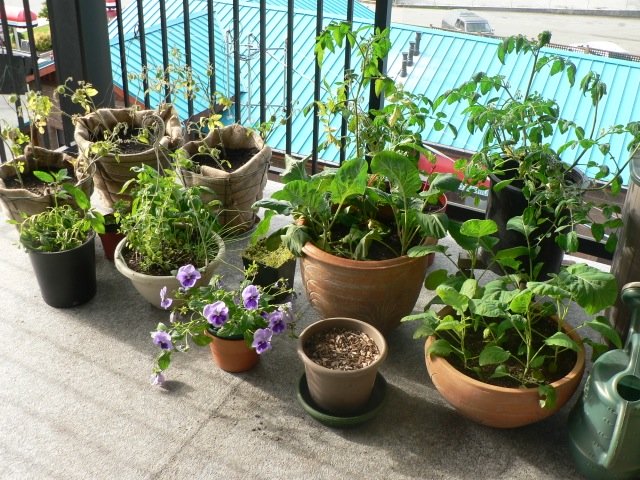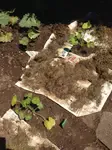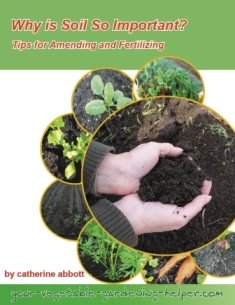The Ultimate Guide to Your Container Soil
Container gardening is a popular and practical way to grow plants, especially for those with limited space. However, the success of your container garden largely depends on the quality of the soil you use. Here’s everything you need to know about selecting and preparing container soil for gardening.
Understanding Container Gardening Soil
Container gardening soil is different from the soil in your garden bed. Garden soil is too dense and can lead to poor drainage and aeration when used in containers. Container soil, often referred to as potting mix or potting soil, is specially formulated to provide the right balance of moisture, aeration, and nutrients for plants grown in confined spaces.\
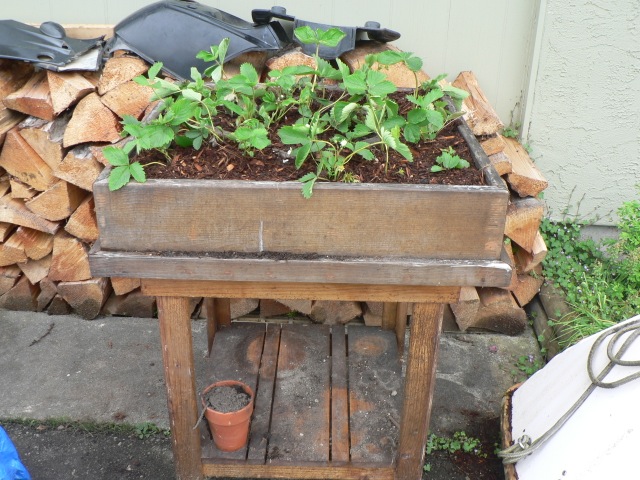 Container soil for growing veggies
Container soil for growing veggiesComponents of Container Soil
A high-quality potting mix typically includes the following components:
1. Peat Moss or Coconut Coir: These materials retain moisture and improve soil structure. Peat moss is slightly acidic, while coconut coir is more sustainable and neutral in pH.
2. Perlite or Vermiculite: These minerals enhance aeration and drainage. Perlite is a volcanic glass that is expanded by heat, while vermiculite is a mineral that expands into worm-like pieces when heated.
3. Compost or Organic Matter: Provides essential nutrients for plants and supports beneficial microorganisms. Well-decomposed compost is an excellent choice.
4. Sand or Grit: Improves drainage and prevents the mix from becoming too compacted.
Choosing the Right Potting Mix
When selecting a potting mix, consider the following factors:
• Plant Type: Different plants have different soil needs. For example, succulents and cacti prefer a well-draining mix with more sand, while ferns and tropical plants thrive in moisture-retentive mixes with higher organic content.
• Drainage: Ensure the mix provides adequate drainage to prevent waterlogged roots, which can lead to root rot. Adding perlite or coarse sand can improve drainage.
• Nutrient Content: Some potting mixes come pre-fertilized, which can support plant growth for several months. If not, you’ll need to supplement with liquid fertilizers or slow-release pellets.
• pH Level: Most plants prefer a slightly acidic to neutral pH (6.0-7.0). You can test the pH of your potting mix and adjust it using lime (to raise pH) or sulfur (to lower pH) if necessary.
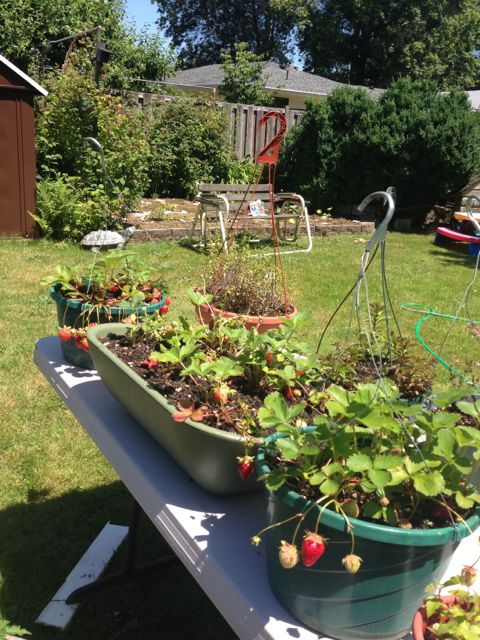 Growing strawberries in container soil
Growing strawberries in container soilDIY Potting Mix Recipe
The two main ingredients are peat moss and vermiculite. Both of these come in quantities of cubic yards. Here is the recipe for my potting mix:
- 1 cubic foot peat moss
This is partially decomposed plant life taken from bogs and used as rooting medium and soil conditioner. - 1 cubic foot vermiculite
This is a mica product expanded by heat, forming a lightweight soil additive. Often used in synthetic soil mixes as a rooting medium. - 6 ounce lime
- 6 ounce bone meal
- 1 ounce blood meal
- 1 ounce sulpomag
This is a mixture of sulfur, potassium and magnesium.
A cubic foot is the volume of a cube one foot in length, width and breadth.
Tips for Maintaining Healthy Container Soil
Planting your containers:
Before you plant make sure the soil mixture is thoroughly watered. Warm water will absorb more easily into the soil if the mixture is really dry. Sow the vegetable seeds at the depth that is indicated on your seed package. If you are transplanting a vegetable like tomatoes, peppers or eggplants make sure the transplant is well watered before taking it out of the transplant tray.
Location of your containers:
When first seeded place the containers in a warm place but not in direct sun. Most seeds will germinate in a moist soil. Once the seeds have germinated move the container to a sunny location.
Thinning your plants:
Depending on what has been planted you may need to thin. Thinning is a must in container vegetable gardening. An overcrowded container will have plants that are spindly, small and they will not mature properly. Plants need room to grow.
Every year you will need to replace all the soil mixture in small containers and at least 1/3 of the soil in your large pots. That way your vegetables will get the nutrients needed to grow well. Now let's talk about container watering and fertilizing .
Regular Watering:
Container plants dry out more quickly than those in the ground. Water consistently, but avoid overwatering by ensuring containers have drainage holes.
Fertilizing:
Container soil can lose nutrients over time. Feed your plants regularly with an appropriate fertilizer based on their growth stage and type.
Soil Refresh:
Replace or refresh the potting mix annually. You can do this by removing a few inches of the old soil from the top and adding fresh mix.
Pest Management:
Inspect the soil regularly for pests and diseases. Sterilizing the soil mix before use can prevent infestations.
Conclusion
Choosing the right soil is crucial for the success of your container garden. By understanding the components of a good potting mix and tailoring it to your plants’ needs, you can create a thriving garden in any space. Happy gardening!
Return from Container Soil to Container Vegetable Gardening
Recent Articles
-
Organic Gardening soil amendments - List of material?
Aug 09, 25 10:57 AM
What materials are best used as organic gardening soil amendments? -
Tips for disease control in your vegetable garden
Jul 14, 25 11:15 AM
Easy tips for disease control to keep your vegetable growing its best. -
Joy of vegetable Gardening
Jul 14, 25 11:01 AM
Everything you need to know is right here to have Joy of Vegetable Gardening
